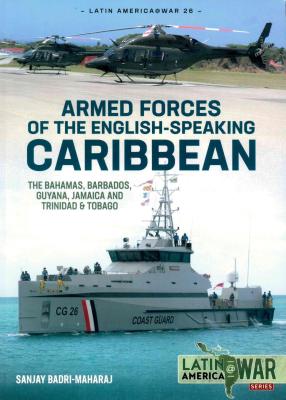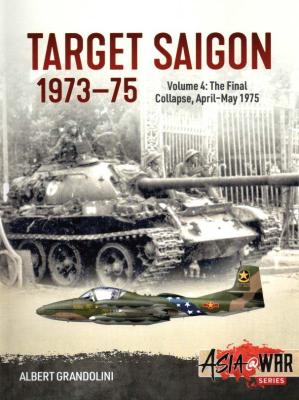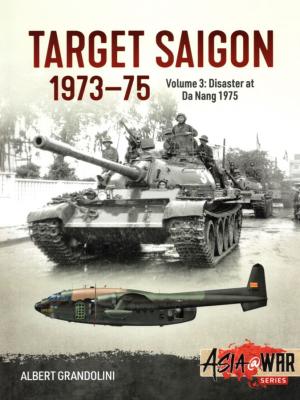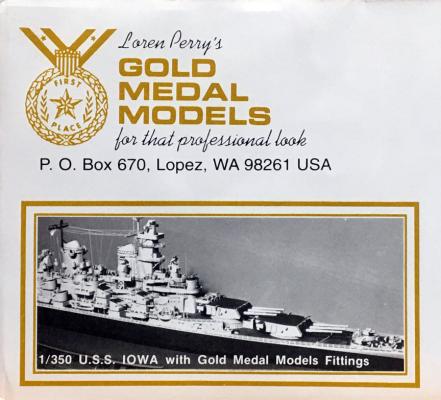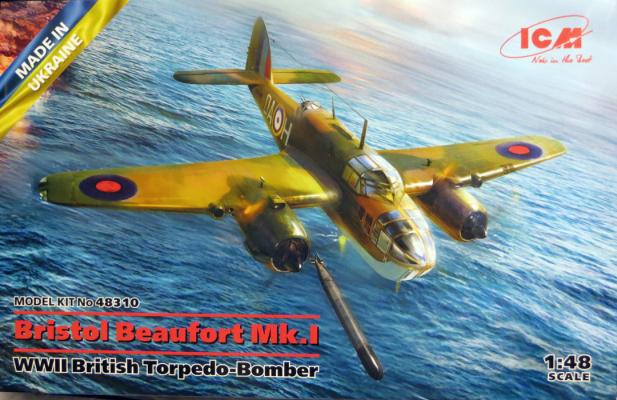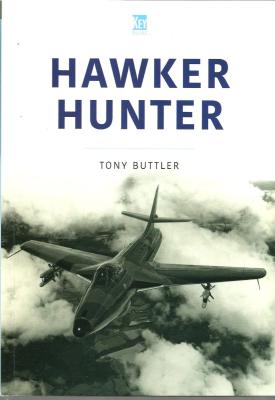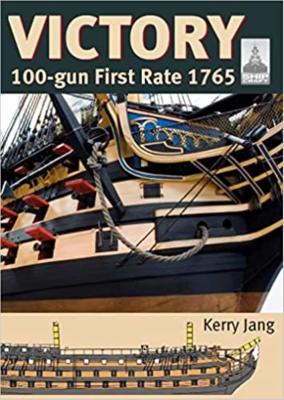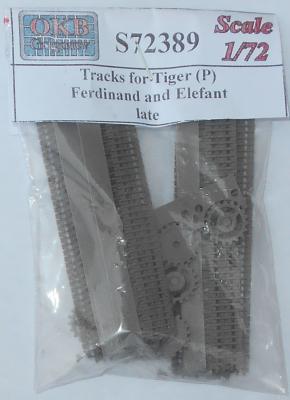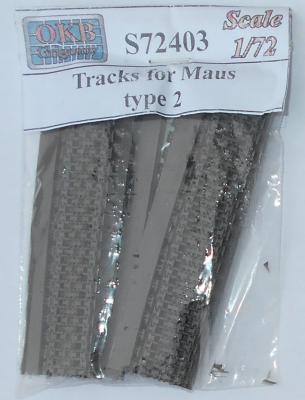Armed Forces of the English-Speaking Caribbean: The Bahamas, Barbados, Guyana, Jamaica, and Trinidad & Tobago is authored by Dr. Sanjay Badri-Maharaj, who received his MA and PhD from the Department of War Studies, Kings College London (his thesis was on India’s nuclear weapons program). Dr. Sanjay Badri-Maharaj has written two books - The Armageddon Factor: Nuclear Weapons in the India-Pakistan Context (2000) and Indian Nuclear Strategy: Confronting the Potential Nuclear Threat from both Pakistan and China (2018). What makes him qualified to write a book of this title? He also served as a consultant to the Trinidad Ministry of National Security.
What's New
A Brief Introduction of this Book
This book contains 86 pages, including 130 black & white photographs, 34 color pages of colored profile drawings and eight maps. The color drawings illustrate several vehicles (primarily those of the PVAN (People’s Army of Vietnam) with a few US tanks and aircraft). Almost all of the photographs serve to illustrate the futility of the war in Southeast Asia.
A Brief Introduction of the Book
This book contains 80 pages, including many great (144) black & white photographs, nine color pages of colored profile drawings and three colored maps. The color drawings illustrate a few vehicles (both ARVN (Army of the Republic of Vietnam) and PAVN (People’s Army of Vietnam), several uniforms and aircraft from this lengthy conflict.
Loren Perry’s recent retirement and subsequent closing down of the Gold Medal Models photo etch line produced many long faces in the modeling world, particularly in the model shipbuilding community. For many of us, Gold Medal photo etch was, and is, the “gold standard” for ship detailing sets. When Squadron Hobbies purchased Gold Medal Models remaining stock, and announced resumed production of Gold Medal sets, there was, as they say, much rejoicing.
The Bristol Beaufort torpedo bomber was developed for the RAF in 1938 using the experience gained from the Blenheim light bomber. Seeing service from 1940 with RAF Coastal Command, the type saw action across the World’s oceans, but most notably in the Channel and Mediterranean, as a torpedo bomber, conventional bomber and mine layer, until replaced in frontline service by the derivative Beaufighter from 1942. At least 1,180 were built in the UK and Australia.
This is the first time a conventional IM kit of the Beaufort has been produced in 1/48 and that it comes from the remarkably resilient Ukrainian ICM firm is especially noteworthy – that they can produce and distribute new kits when their country is under threat of destruction is quite amazing!
ICM has released kit based on a character from the TV series the Squid Games – this is one of ‘Square’ guards from the show.
In the box is:
- 3 x light grey sprues
- 1 x stand base
- 1 x black sprue for stand
- 1 x small black sprue with the mask
- small decal sheet
- 1 x instruction sheets
- 1 x box art print
Construction
The construction of the figure is very easy, and they assemble very well. You do need to do a little filling here and there during the assembly.
The base is a nice touch and has optional ground finishes to choose from.
Painting was easy, although I did not use all the reference colors as shown on in the instructions. I did use all Tamiya paints on the figure. There was just one decal for the mask.
I really enjoyed building this kit and loved the TV series it is based on.
It’s always been my opinion that the well-known and well-liked Hawker Hunter is one of the most elegant jet aircraft to ever take to the skies. I’ve built dozens of models of this lovely aircraft over the years, from the 1/72nd scale offering by Airfix when I was a kid up to several iterations of the impressive 1/32nd scale Revell offering. There’s just no beating that look!
If you’re even just a passing fan of classic sailing ships, you should be familiar with the unforgettable H.M.S. Victory, the famous ship-of-the-line that Lord Nelson commanded at the Battle of Trafalgar in 1805. More readily recognizable by the novice than even the U.S.S. Constitution, this ship has been a subject for virtually every major model maker in the last century, manufactured in metal, wood or plastic.
About the Subject (from Wikipedia)
“The Ferdinand was intended to supplant previous light panzerjägers, such as the Marder II and Marder III, in the offensive role. A similar gun was used in the lightly armored Hornisse (later known as Nashorn) tank destroyer, built at the same time.
About the Subject (from Wikipedia)
“A German World War II super-heavy tank completed in late 1944. It is the heaviest fully enclosed armored fighting vehicle ever built. Five were ordered, but only two hulls and one turret were completed, the turret being attached before the testing grounds were captured by advancing Soviet military forces.
he principal problem in the design of the Maus was developing an engine and drivetrain which was powerful enough to adequately propel the tank, yet small enough to fit inside it. The Maus was too heavy to cross bridges. As a result, an alternative system was developed, where the Maus would instead ford the rivers it needed to cross.

